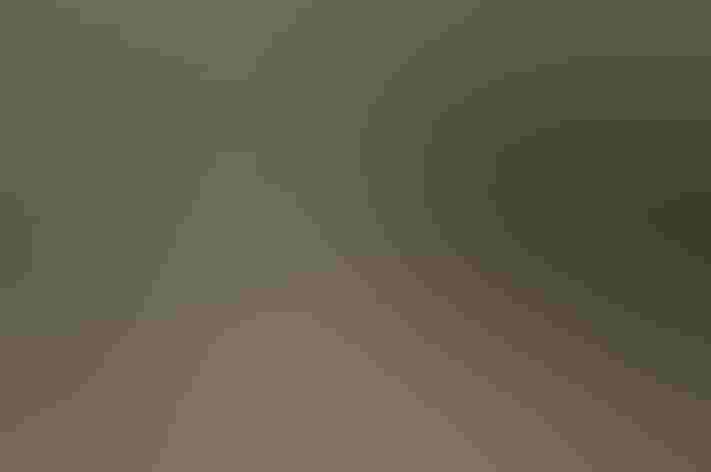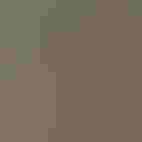Masked Booby
At a Glance
Widespread in tropical oceans, this large, long-winged seabird occurs regularly off our southern Atlantic and Gulf coasts; it is also common in Hawaii, mainly in the northwestern chain. Known as a visitor to the Dry Tortugas, Florida, for many years, the Masked Booby did not actually begin to nest there until the 1980s.
All bird guide text and rangemaps adapted from Lives of North American Birds by Kenn Kaufman© 1996, used by permission of Houghton Mifflin Harcourt Publishing Company. All rights reserved.
Category
Boobies and Gannets, Gull-like Birds
IUCN Status
Least Concern
Habitat
Coasts and Shorelines, Open Ocean
Region
California, Florida, Southeast, Texas
Behavior
Swimming
Population
100.000
Range & Identification
Migration & Range Maps
No regular migration, but wide dispersal at sea. Birds in Pacific have been known to visit sites more than 1000 miles from breeding colony. Apparently present all year off southeastern United States, perhaps more common in warmer months.
Description
32" (81 cm). Adult like Northern Gannet, which invades these tropical waters from late fall to spring, but the booby has black mask, yellow bill, black tail, more black in wing. Immatures also can look a lot like molting young Gannets, but have more white on underwing; also note pale collar.
Size
About the size of a Heron
Color
Black, White, Yellow
Wing Shape
Long, Narrow, Pointed, Swept, Tapered
Tail Shape
Pointed, Wedge-shaped
Songs and Calls
Usually silent; a variety of hissing and quacking notes on breeding grounds.
Call Pattern
Flat, Undulating
Call Type
Chatter, Croak/Quack, Raucous, Whistle
Habitat
Tropical seas. Forages over warm waters, shallow or deep, sometimes hundreds of miles from land. Nests on islands, mainly low flat islands with little or no vegetation. In Florida, has nested on a small sandy island barely above high-water level.
Sign up for Audubon's newsletter to learn more about birds like the Masked Booby
Behavior
Eggs
1-2. Pale blue to chalky white, becoming nest-stained. Both sexes incubate, placing eggs under webs of feet; incubation period 38-49 days. When 2 eggs are laid, 2nd young to hatch is attacked and ejected from nest by its older sibling and does not survive.
Young
Both parents feed young, by regurgitation. Age at first flight 109-151 days. Young return to nest site and continue to be fed by parents for 30-60 days after able to fly.
Feeding Behavior
Forages by plunging into water from flight (from as high as 90 feet above the sea), striking water headfirst and catching prey within a few feet of the surface. May rest on water, watching for fish below and watching other seabirds in vicinity; when it spots prey, it takes flight and begins plunge-diving, and other birds hurry to join in feeding.
Diet
Mostly fish. Eats a variety of fish, with flying fish often predominating; also some squid.
Nesting
Usually first breeds at age of 4 years. Breeds in colonies. Courtship displays of male include stretching neck and pointing bill skyward. Paired birds present each other with pebbles or feathers, parade slowly forward with prominent display of feet. Nest: Site is on ground, often near edge of slope or cliff for ease of takeoff. Nest is a shallow depression surrounded by slight rim of pebbles, debris.
Conservation
Conservation Status
Total population difficult to assess because colonies are numerous and widely scattered, but these factors probably also ensure its survival. No evidence of widespread decline.






